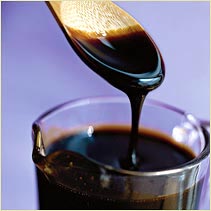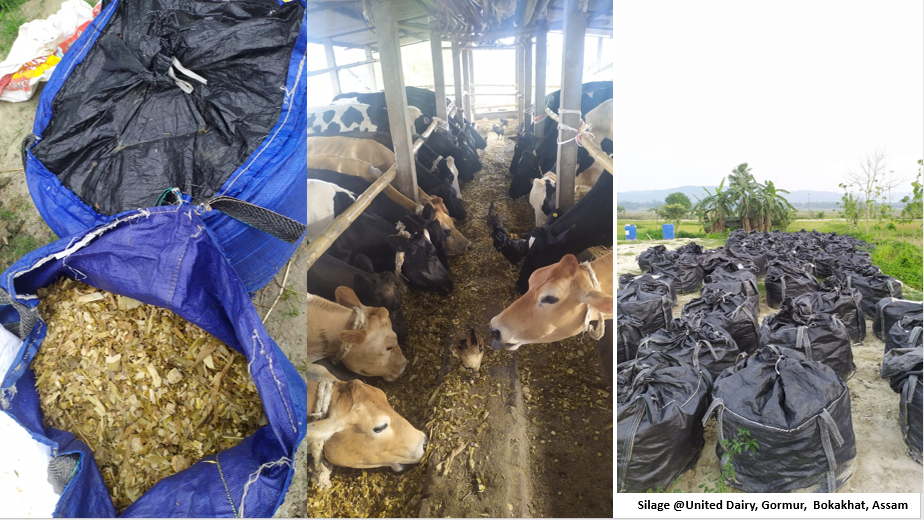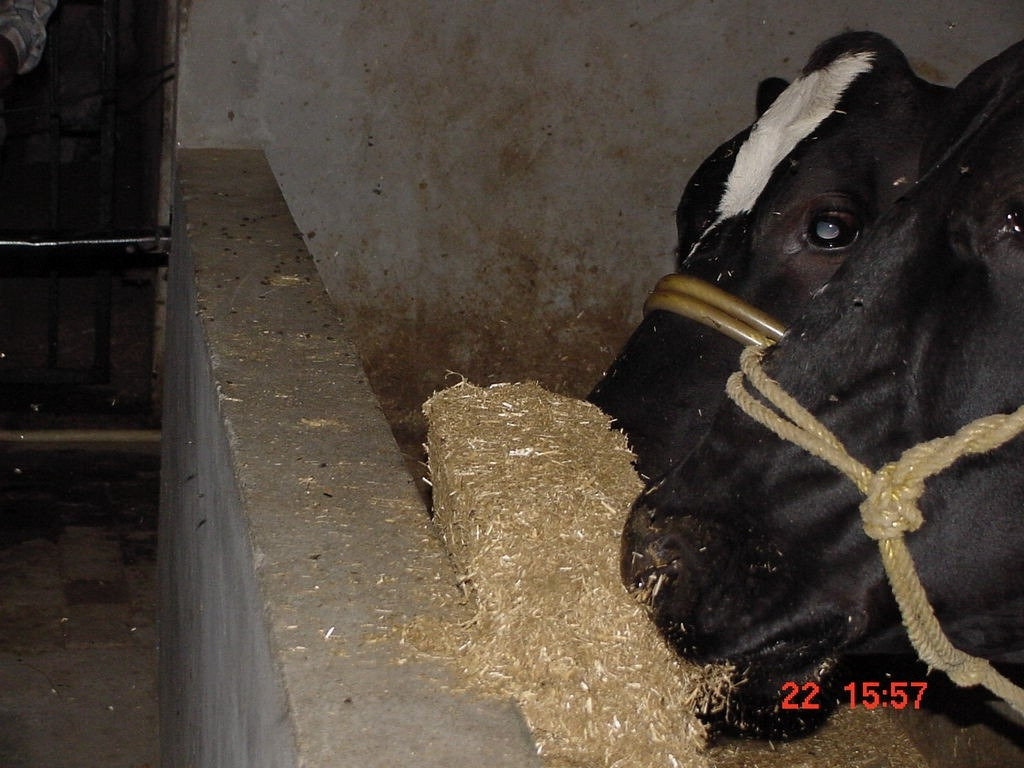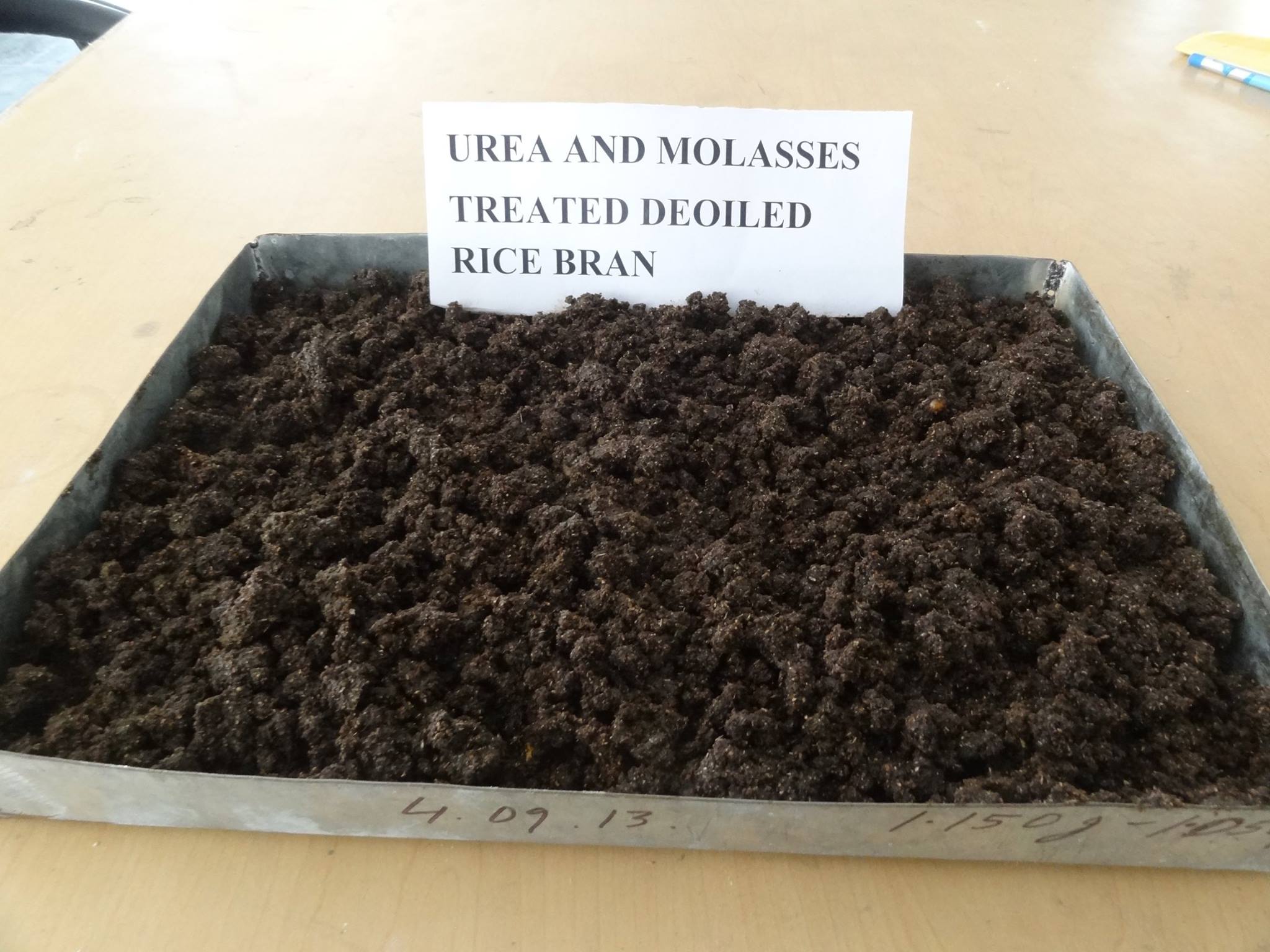Excise regulation of molasses— Safeguarding the interest of dairy farmers, cooperatives and local feed millers
A developing policy note compiled by Dr. Miftahul Islam Barbaruah for Vet Helpline India Pvt Ltd in the context of Assam, India
( We are looking for more evidence, arguments, relevant statistics such as the trend in Prices of molasses in Assam, etc. Please post your views towards the end of this webpage referring to a specific section of this note )
You can send us additional resources at info@vethelplineindia.co.in
Background
Assam Government on 31/12/2019 notified the Assam Excise (Amendment) Act, 2019, which will help regulate inflow, transport, or possession of molasses. According to government assessment, molasses is widely misused for the manufacturing of illicit liquor (Sulai) in the state. During March 2019, spurious liquor killed 165 people in two districts of Jorhat and Golaghat in Assam.
During March 2020, the government of Assam has circulated a Draft Assam Molasses rules 2020 for the comment of various line departments.
Once the rule comes in force, molasses and equipment used in the production of molasses and intoxicants from it would become “excisable and leviable” and separate licenses would be mandatory to procure molasses for the manufacture of liquor and cattle feed.
Vet Helpline India Pvt Ltd, who have implemented the Vet Roadmap Project in Assam acted pro-actively and collected opinion of various experts to prepare a document to highlight the interest of dairy farmers and local cattle feed companies. The article wants to attract the attention of multiple stakeholders, including the Excise Department, Government of Assam.
 1. The importance and use of molasses in cattle feed.
1. The importance and use of molasses in cattle feed.
1.1 Dairy farmers and local feed millers within Assam use sugarcane molasses in cattle feed. The use essentially helps in maintaining the cost of cattle feed within the state. Cattle feed in developing countries usually composed of feed ingredients that contain high fiber and low energy value. Incorporation of 5 – 10 percent of sugarcane molasses as a source of a utilizable form of energy helps achieve optimum metabolism of nutrients. The use of molasses in the ration of dairy cows ( particularly in the resource-poor situation ) is critical during the late pregnancy period and early lactation period.
1.2 Further, Molasses also plays a vital role in the utilization of nutrients in paddy straw, which is usually fed to cattle to maintain the bulk of the daily ration for the fulfillment of feed dry matter requirement as per feeding standard specifications. Paddy straw, a low-cost bulky material practically having no digestible protein content can be enriched by impregnation with molasses enhancing it’s digestible protein content to about 3 percent and thereby able to supplement the protein required for milk production.
1.3 ‘Uromol,’ a liquid feed containing a little amount of urea mixed with a high amount of molasses, is used to feed high yielding dairy cows in ordinary as well as in scarcity periods like floods and droughts.
1.4 ‘Urea Molasses Multinutrient Block’ (UMMB) is another such feed rich in nitrogen, energy, and minerals useful for feeding high milk yielders during exigencies.
1.5 ‘Silage,’ a form of conserved fodder in succulent form, is of great utility for feeding ruminant animals, especially during the lean season. Different methods are used to conserve crops, cultivated fodder, and natural grasses that are harvested at the right time of maturity. For the ensiling of cultivated fodder and natural grasses, 3 – 3.5 percent molasses is added to improve the sugar content of the silage and thereby, the quality of the silage. For making silage from more mature crops, a higher amount of molasses (5%) may be added. Presently, silage making in big poly bags is gaining popularity among dairy farmers in Assam. For good quality polybag silage, 1% urea and 2% molasses are added.

Silage production at United Dairy, Gormur, Bokakhat, Assam
1.6 ‘Densified Total Mixed Ration’ (DTMR) or ‘Complete Feed Block’ (CFB) is trending today in the dairy industry as the most suitable method of feeding high yielding dairy cows with the higher nutritional value and other related advantages. Molasses plays a vital role as a block binder as well as an easily utilizable energy source required for high milk production.

DTMR/ CFB feeding in cattle. One 12kg block is sufficient for feeding two adult cattle. (Courtesy: Prof H F Ahmed )
1.7 The use of molasses is essential as an animal feed to help augment milk production in Assam. It is also used to enhance other feed ingredients ( Pic 3 ). A rural farmer in Assam with a relatively low yielding dairy animal cannot afford high-cost imported compound feed. Any increase in feed cost reflects on milk prices for consumers.

Urea and molasses treated deoiled rice bran, a protein supplement for the ration of adult ruminant Courtesy: Dr. Trishna Kayastha
2.The trade situation
2.1 Local entrepreneurs setting up cattle feed plant/silage making units used to procure quality or feed grade molasses from the Kampur Sugar Mills (The Nowgong Co-op. Sugar Mills Ltd). Following the closure of the mill, the entrepreneurs had to import quality or feed grade molasses from places in Bihar, Uttar Pradesh, and even Nepal. As per the report of field officers of the Department of Dairy Development, genuine entrepreneurs are facing various hurdles in getting permission for inter-state import of quality feed grade molasses for incorporation in cattle feed.
2.2 On the other hand, few traders are importing low-grade molasses in the name of cattle feed. Such molasses are not suitable for incorporation in cattle feed and have limited demand from feed millers and local cattle owners. Such import of low-grade Molasses maybe finding a way to makers of illicit liquor.
2.3 It is challenging to keep an accurate account of molasses as there is a loss in transit; evaporation in storage and molasses is used in different quantities by the different feed manufacturers as there is no prescribed formula for its use.
The situation is depriving the cattle farmers in Assam the access to feed for their cattle containing quality feed grade molasses.
3.The science behind and need for evidence
3.1 The illicit liquor with methanol indeed poses a severe threat to human life. However, the danger is not due to the use of molasses. The methanol component in the fermented molasses or any fermented fruit pulp or even grain pulp will always be there. However, the percentage may vary due to the combination of yeasts, fungus, bacteria. The boiling point of methanol is 64.70C, while that of ethanol is 78.370C. An organized distillery reduces the boiling point of methanol to below 400C by decreasing the air pressure of the sealed vessels with a vacuum pump. A gentle steam heat evaporates the methanol component, which they use as fuel to make steam. The manufacturer of illicit country liquor avoids this necessary step of distilling out of the methanol component, thus leading product which is a threat to human life. One essentially needs to distill out the methanol component no matter how superior or inferior quality molasses one use.
3.2 The solution to the problem is not in control of the trade of molasses. The state should create awareness amongst the country liquor manufacturers regarding the importance of distilling out the methanol component. The government can assist the manufacturers of country liquor by giving them access to proper low-cost distillation units. It is also possible to formalize their business, thus ensuring earning for the state exchequer.
3.3 The prices of molasses in recent years have increased as bottling plants to make Indian-made foreign liquor (IMFL) are buying ethanol from country liquor distilleries. They further distillate the same and add artificial flavor, color, blend them, and sell as IMFL.
Suggestions
Considering the discussion above, it is necessary that safeguards should be ensured in the Assam Molasses Rules 2020 to facilitate the genuine import of feed grade/quality molasses by cattle owners, cooperatives, and feed millers. The implementation of the rules should not lead to increased prices of molasses and thus impacting farmers’ access to molasses as a feed ingredient.
The rules may empower local veterinary/dairy development officer to certify farmer/feed miller vis a vis his / her requirement.
As indicated in point 2.2, it will be necessary for the law to prevent the import of low-grade molasses by uncertified traders that maybe finding a way to makers of illicit liquor.
In reference to point 2.3, the submission of a monthly account consumption is likely to increase the burden of additional paperwork. The reporting requirement, as per the rule, should be reduced for local farmers/feed millers within the state.
An appropriate review may be required to discuss further ways to fulfill the intent of the notification considering information provided under section (3) “The science behind and need for evidence.”
Name of experts contributing to this note
Prof Hassan Farooque Ahmed, Retired Professor of Animal Nutrition, Assam Agricultural University
Dr. Mridushmita Sonowal. Junior Scientist ( Animal Nutrition ), Livestock Research Station, Assam Agricultural University, Mandira
Mr. Mubin Barbaruah, Science enthusiast with interest in winemaking
Dr. Pranjal Borah, Leading large animal Veterinary practitioner and Junior Scientist, Goat Research Station, Assam Agricultural University.
Dr. Mridu Pavan Baishya, Assistant Professor, Lakhimpur College of Veterinary Science and Technical Advisor, Brihattar Guwahati Go Palak Sangtha)
Mr. Abrar ul Haque, Director, A K Agro Industries, Tinsukia
Mr. Jatinder Sharma, Director, SRC Feeds, Tezpur
Mr. Bikash Bharali, Director, United Dairy, Gormur, Bokaghat, Assam





